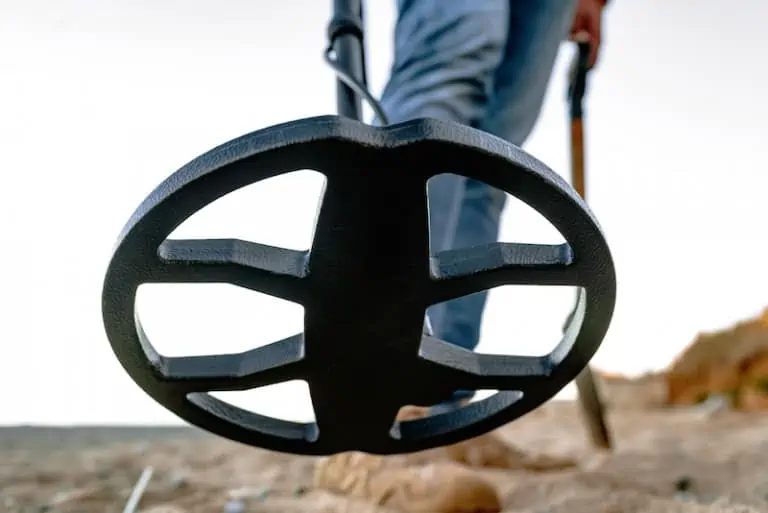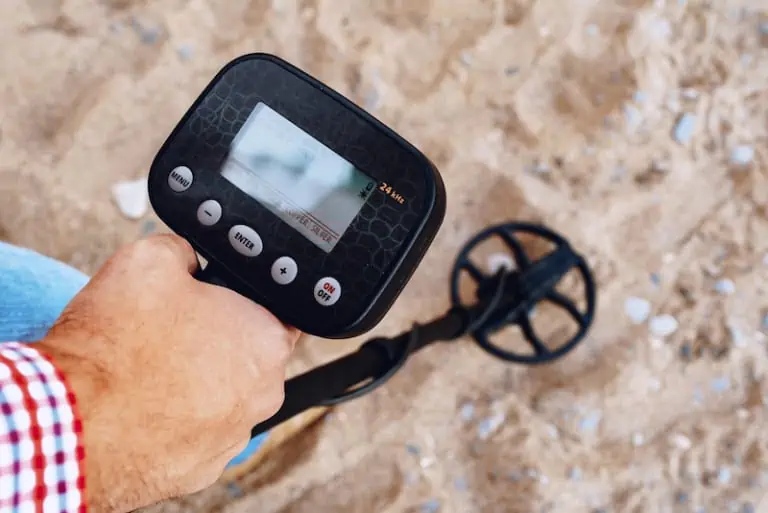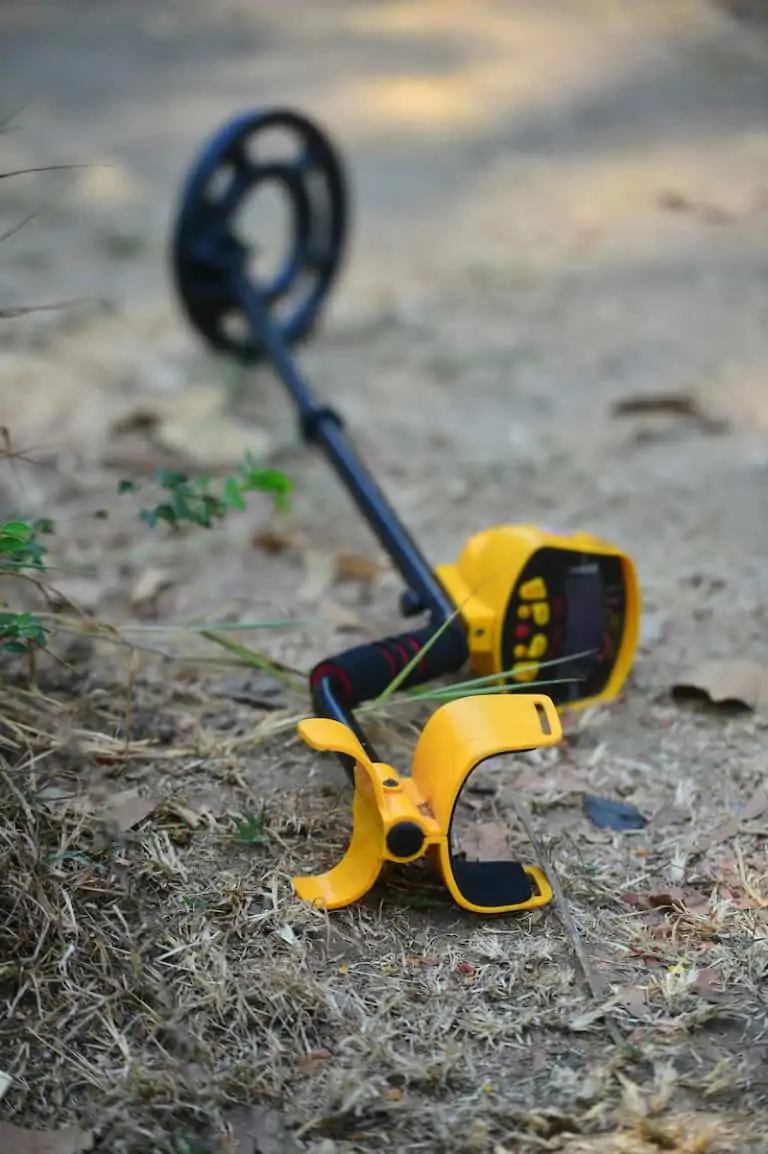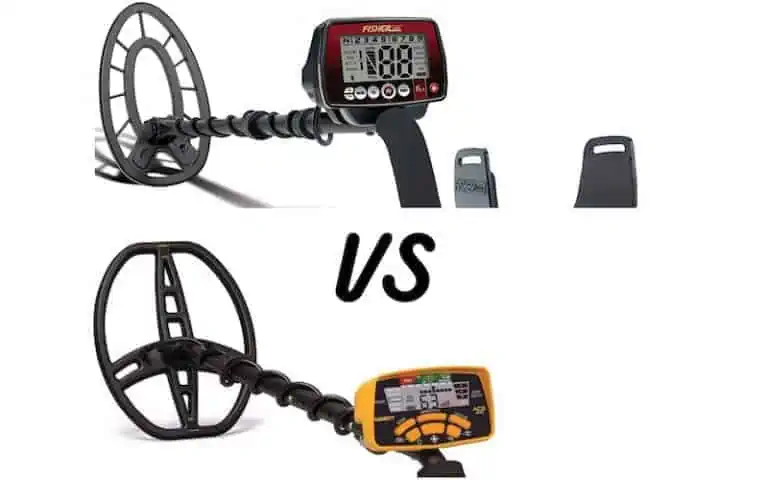Fisher F22 review
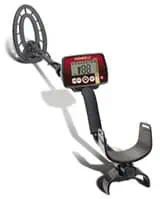
Whether you’re a new detectorist searching for the perfect machine aimed at your newbie status or you want a second more inexpensive unit for friends to use when they join your hunt, the Fisher F22 is a metal detector you may want to consider. It’s a low-end detector, but it has the solid and reputable Fisher name behind it.
But, is it worth your hard-earned money? Well, that’s what we’re aiming to discover in our review today. And in an effort to better do that, we’ve created an interactive table below that allows you to directly compare the Fisher F22 to other notable metal detectors on the market.
| Photo | Model | Price | Features |
|---|---|---|---|
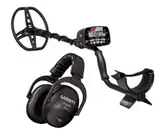 | Garrett AT Max | $$$ | Waterproof to 10 feet |
 | Fisher F22 | $$ | 9″ Triangulated Concentric Coil |
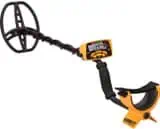 | Garrett Ace 400 | $$$ | 8.5 x 11" DD coil |
 | Minelab Vanquish 540 | $ | Search Modes: Coin, Relic, Jewelry, Custom, All Metal |
The F22’s Best Features
Its affordability is one of the most attractive things about the Fisher F22. You’ll pay just over $200 for it, and you’ll be able to use it for all your general metal detecting needs, including finding coins, relics and jewelry.
Here is what the F22 can do:
It has 10 adjustable sensitivity levels.
It can detect items up to 9-inches deep in the right conditions.
It has a pinpointing mode, but in my experience, those modes don’t work nearly as well as a hand-held pinpointer does. The pinpointing modes, particularly on low-end machines like this one, often aren’t even worth the trouble of using them.
It offers 2-digit numeric target identification, which goes from 1 to 99.
The F22 boasts professional-grade weatherproofing, which on the surface may sound impressive, but it doesn’t really amount to much. While the 9-inch elliptical search coil is waterproof, the control box isn’t. Most detectors can handle harsher weather so this weatherproofing feature isn’t really anything to write home about. I suppose if you get caught in a harsh rainstorm while detecting, the weatherproofing might give you extra peace of mind.
The coil is smaller than the 11-inch coils that come on more expensive detectors, but its narrow, triangulated shape can be beneficial while digging in trashy areas where you are trying to separate the signals.
It operates at a 7.69 kHz frequency.
This unit can be carried comfortably on all-day hunts because it only weighs 2.3 pounds.

Below, please take a moment to view some of the best-selling metal detectors available on Amazon, and then see how well some of them compare to the Fisher F22.
| BEST SELLERS |
|---|
| 1) Garrett AT MAX |
| 2) Bounty Hunter TK4 Tracker IV |
| 3) Bounty Hunter Gold Digger |
The Cons of the F22
Here are three notable negatives when it comes to the F22.
-Despite its weatherproofing, this detector is not waterproof. While the coil is waterproof – as many coils are – the control box can’t be submerged. So, if you plan to do some metal detecting in water, you should keep searching for another detector.
-Because this unit has a fairly low operating frequency, it won’t do a great job of detecting smaller pieces of gold. If there’s any gold prospecting in your future, you should find a gold prospecting metal detector or you’ll be disappointed.
–Intermediate and advanced detectorists will find this machine too basic. Even beginners may outgrow this model in a year or two of detecting. While it does have some features that many entry-level machines don’t have, such as 2-digit numeric target identification, it doesn’t have a manual ground balancing option.
Let’s now move onto a little bit of healthy competition, shall well? Namely, a discussion of the F22 versus the F44.
Fisher F22 vs Fisher F44
Compared to the F22, you’ll pay $100 more for the Fisher F44. But is it worth the extra cost?

For starters, the F44 has many of the same features the F22 has, including a pinpointing function, weatherproofing, nine-segment visual target identification, four-tone audio, adjustable iron audio and the same operating frequency.
Both machines are the same when it comes to weight. With either one of them, the average detectorist should be able to hunt all day, unless they suffer from significant lower back issues.
Lighter machines can make a big difference in your endurance while you are metal detecting because if you’re swinging a unit for hours on end, you’ll want to make sure it feels like an extension of your arm, not like you’re training for a World’s Strongest Man competition. There’s nothing worse than having a weekend of metal detecting planned with a buddy and having to call off the second day because of arm or lower back fatigue.
There are three big differences between these detectors, however. The F44 offers both computerized ground balancing and manual ground balancing. That means you can detect in more difficult ground conditions where there is heavy mineralization.
That can be the difference between finding legitimate targets while you’re hunting or digging a bunch of false positives. In other words, you’ll be doing all the of the grunt work, but getting none of the rewards if you don’t have good ground balancing.
Even though the F44 offers ground balancing, it doesn’t mean that it will get rid of all interference from every kind of mineral. It still isn’t a good choice for using on wet sand saltwater beaches.
It also offers a backlight, which the F22 does not. That’s good for evening or dawn hunts when you don’t have much natural light. It allows you to see the changes occurring on the screen.
The third big perk of the F44 is that it comes with a bigger coil. It has an 11-inch triangulated concentric elliptical coil. The bigger coil is nice to have because it covers ground more quickly than the 9-inch coil does. But, if you plan to dig in a lot of trashy areas, you’ll prefer the 9-inch coil.
To me, paying an extra $100 for the backlight, ground balancing features and a bigger coil is a no brainer. As an experienced detectorist, I wouldn’t even consider buying the F22 over the F44. The F22 would still be a good choice for a beginner who just wants to get their feet wet in the metal detecting world, however.
Fisher F22 vs Garrett Ace 250
Money isn’t the deciding factor when trying to pick a winner among these two detectors – they are within a few dollars of each other. Both machines offer a good value for the money, and either would be a suitable choice for a beginning detectorist.
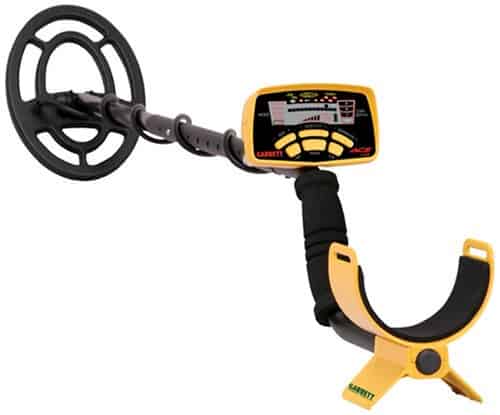
Both machines use AA batteries, but you only need 2 batteries for the F22 versus 4 for the Ace 250. People who plan to do a lot of detecting who are going to be burning through a lot of batteries may be interested in that fact.
The F22 has a higher operating frequency than the Ace 250 does. It operates at 7.69 kHz, compared to 6.5 kHz for the Ace 250.
The Garrett Ace 250 has a 12-segment target identification, while the F22 uses the 1-99 digital target identification. Although I don’t solely rely on the digital target identification while I’m detecting, I do like that feature. If I’m doing a quick hunt, I’ll use the numbers to weed out some of the borderline junk targets.
Both machines have waterproof coils, although the Ace 250 isn’t weatherproofed overall like the F22 is. Both detectors are lightweight, but the F22 is lighter at 2.3 pounds, compared to the Ace 250’s 2.7 pounds. Like the F22, the Ace 250 offers a pinpointing feature.
The Ace 250 comes with a 9-inch coil like the F22.
Fisher F22 vs Garrett Ace 300
The Ace 300 is only about $25 more expensive than the F22 is.
The coil offered on the Ace 300 is larger than the 9-inch coil on the F22. It’s a 10-inch coil. The detector operates at a frequency of 8 kHz, which is a smidge higher that the F22’s 7.69.
At 2.8 pounds, it’s a little heftier than the F22, but not much. You’ll easily be able to detect with either of these units for hours without feeling any burning in your arm.
The Ace 300 also has digital target identification up to 99 and iron discrimination segments. Like the F22, this machine is best suited for detectorists who are just joining the hobby.
Fisher F22 vs Fisher F2
Now, both of these Fisher models are very similar in function and price, and that’s because the F22 is an updated model of its popular F2.

The F22 operates at a higher operating frequency – it uses 7.69 kHz, compared to the F2’s 5.9 kHz. The F2 doesn’t have the F22’s 1-99 numeric identification. In addition, the F2 isn’t weatherproofed.
Other than that, many of the features of these two detectors are the same.
Machines for Beginners
All of the machines examined here are suited for beginning detectorists, but those who have been in the hobby for a while and do a fair amount of detecting will find these units too basic to meet their more advanced needs.
But for the money, all of these are good units and they’ll be solid performers for years to come. You’ll be able to find coins, jewelry and general relics with ease. The big drawback to using these detectors is that you won’t be able to handle some of the more technically difficult hunts – like the ones with higher soil mineralization.
If you live near the beach, I’d continue saving my money if I were you to buy a detector that can handle wet saltwater sand. If you don’t live near the beach and you plan to primarily use your detector in backyards or parks, you can get by with one of these detectors, even without manual ground balancing options.
If I were to pick one out of these four detectors to use for myself, it would be the F44. It is a pricier detector than the other choices, but the additional features it offers makes it worth the extra money.
But if I were buying a detector for a family member who was just starting to detect and didn’t want anything too complicated to operate, I’d opt for the F22. It’s easy to operate and you can use it right out of the box without having to study the user’s manual.
It would be good for trashier areas like parks, and the numeric identification feature is often appreciated by beginners. Seeing that number appear on the screen really helps you decide which targets you should spend your time digging – it’s a good reassurance for beginners who are still getting the feel for metal detecting and what audio sounds they want to hear before deciding to dig a target.
- If you enjoyed this article, we encourage you to “like” our brand new Discover Detecting Facebook page!

